VW ID.4 vs Kia PV5 – Which one offers the better deal?
Compare performance, boot capacity, efficiency and price at a glance.
Find out which car is the better choice for you – VW ID.4 or Kia PV5?
Costs and Efficiency: Price and efficiency are key factors when choosing a car – and this is often where the real differences emerge.
Kia PV5 has a minimal advantage in terms of price – it starts at 32800 £, while the VW ID.4 costs 34600 £. That’s a price difference of around 1752 £.
In terms of energy consumption, the advantage goes to the VW ID.4: with 15.60 kWh per 100 km, it’s distinct more efficient than the Kia PV5 with 19.80 kWh. That’s a difference of about 4.20 kWh.
As for range, the VW ID.4 performs noticeable better – achieving up to 569 km, about 169 km more than the Kia PV5.
Engine and Performance: Under the bonnet, it becomes clear which model is tuned for sportiness and which one takes the lead when you hit the accelerator.
When it comes to engine power, the VW ID.4 has a significantly edge – offering 340 HP compared to 163 HP. That’s roughly 177 HP more horsepower.
In acceleration from 0 to 100 km/h, the VW ID.4 is clearly quicker – completing the sprint in 5.40 s, while the Kia PV5 takes 10.70 s. That’s about 5.30 s faster.
In terms of top speed, the VW ID.4 performs distinct better – reaching 180 km/h, while the Kia PV5 tops out at 135 km/h. The difference is around 45 km/h.
There’s also a difference in torque: VW ID.4 pulls convincingly stronger with 679 Nm compared to 250 Nm. That’s about 429 Nm difference.
Space and Everyday Use: Beyond pure performance, interior space and usability matter most in daily life. This is where you see which car is more practical and versatile.
Both vehicles offer seating for 5 people.
In curb weight, Kia PV5 is minimal lighter – 1860 kg compared to 1975 kg. The difference is around 115 kg.
In terms of boot space, the Kia PV5 offers clearly more room – 1320 L compared to 543 L. That’s a difference of about 777 L.
In maximum load capacity, the Kia PV5 performs significantly better – up to 4420 L, which is about 2845 L more than the VW ID.4.
When it comes to payload, Kia PV5 clearly perceptible takes the win – 790 kg compared to 551 kg. That’s a difference of about 239 kg.
Who wins the race?
The VW ID.4 proves to be outperforms in nearly all aspects and therefore becomes our DriveDuel Champion!
VW ID.4 is the better all-rounder in this comparison.
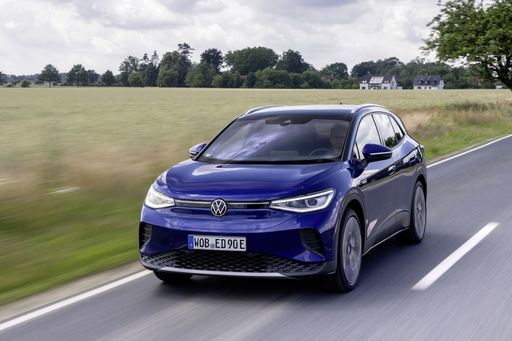
VW ID.4
VW ID.4 Video
VW ID.4
The VW ID.4 represents Volkswagen's commitment to the electric vehicle market, combining contemporary design with sustainability. Its spacious interior and intuitive technology make it an attractive choice for those seeking comfort and innovation in an eco-friendly package. With a focus on electric performance and practicality, this car is set to be a popular option among environmentally-conscious drivers.
details @ Volkswagen
@ Volkswagen
 @ Volkswagen
@ Volkswagen
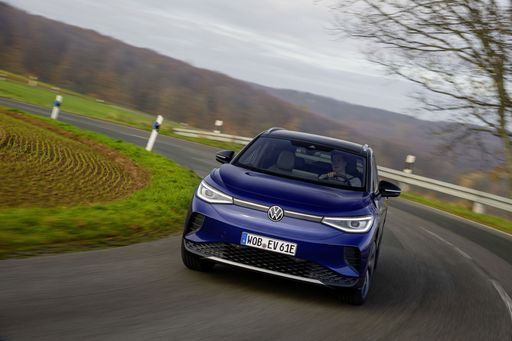 @ Volkswagen
@ Volkswagen
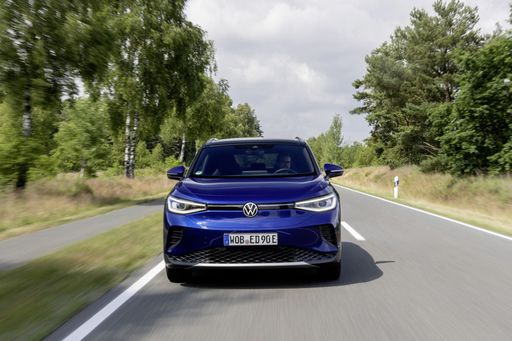 @ Volkswagen
@ Volkswagen
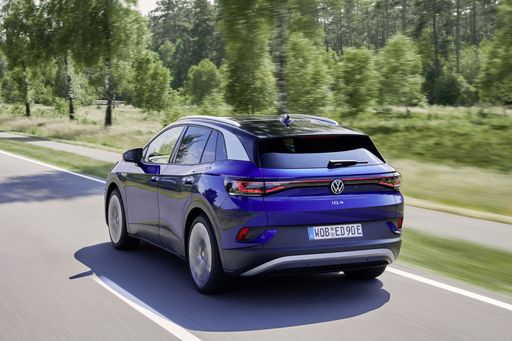 @ Volkswagen
@ Volkswagen
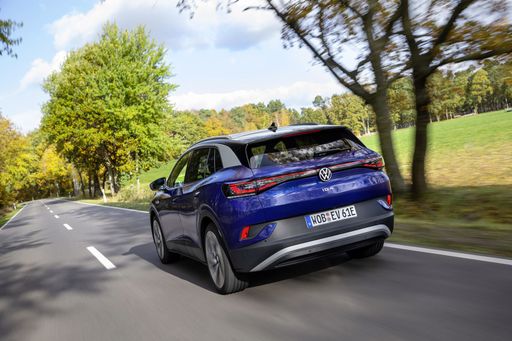 @ Volkswagen
@ Volkswagen
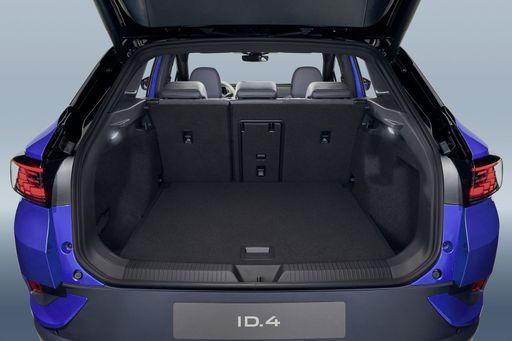 @ Volkswagen
@ Volkswagen
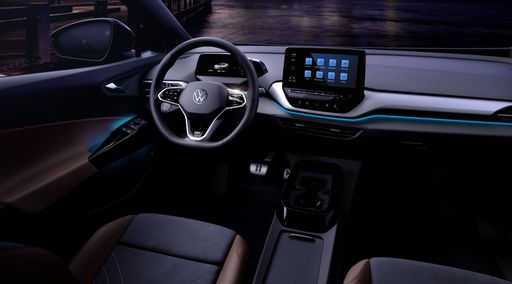 @ Volkswagen
@ Volkswagen
Kia PV5
The Kia EV5 is an exciting new entrant in the landscape of electric SUVs, promising a blend of style and innovation that captures attention. It boasts a sleek and modern design that aligns with Kia's evolving aesthetic identity, blending practicality with eye-catching details. With its foray into the electric vehicle segment, the EV5 is set to offer a highly competitive option for those looking to embrace sustainable mobility without compromising on comfort or tech features.
details

|
|
|
|
|
Costs and Consumption |
|
|---|---|
|
Price
34600 - 47200 £
|
Price
32800 - 38900 £
|
|
Consumption L/100km
-
|
Consumption L/100km
-
|
|
Consumption kWh/100km
15.6 - 17 kWh
|
Consumption kWh/100km
19.8 - 20.3 kWh
|
|
Electric Range
356 - 569 km
|
Electric Range
288 - 400 km
|
|
Battery Capacity
52 - 77 kWh
|
Battery Capacity
51.5 - 71.2 kWh
|
|
co2
0 g/km
|
co2
0 g/km
|
|
Fuel tank capacity
-
|
Fuel tank capacity
-
|
Dimensions and Body |
|
|---|---|
|
Body Type
SUV
|
Body Type
Cargo Van, Bus
|
|
Seats
5
|
Seats
2 - 5
|
|
Doors
5
|
Doors
4 - 5
|
|
Curb weight
1975 - 2248 kg
|
Curb weight
1860 - 2145 kg
|
|
Trunk capacity
543 L
|
Trunk capacity
1320 L
|
|
Length
4582 - 4584 mm
|
Length
4695 mm
|
|
Width
1852 mm
|
Width
1850 - 1895 mm
|
|
Height
1619 - 1634 mm
|
Height
1923 mm
|
|
Max trunk capacity
1575 L
|
Max trunk capacity
2300 - 4420 L
|
|
Payload
511 - 551 kg
|
Payload
505 - 790 kg
|
Engine and Performance |
|
|---|---|
|
Engine Type
Electric
|
Engine Type
Electric
|
|
Transmission
Automatic
|
Transmission
Automatic
|
|
Transmission Detail
Reduction Gearbox
|
Transmission Detail
Reduction Gearbox
|
|
Drive Type
Rear-Wheel Drive, All-Wheel Drive
|
Drive Type
Front-Wheel Drive
|
|
Power HP
170 - 340 HP
|
Power HP
121 - 163 HP
|
|
Acceleration 0-100km/h
5.4 - 9 s
|
Acceleration 0-100km/h
10.7 - 16.3 s
|
|
Max Speed
160 - 180 km/h
|
Max Speed
135 km/h
|
|
Torque
310 - 679 Nm
|
Torque
250 Nm
|
|
Number of Cylinders
-
|
Number of Cylinders
-
|
|
Power kW
125 - 250 kW
|
Power kW
89 - 120 kW
|
|
Engine capacity
-
|
Engine capacity
-
|
General |
|
|---|---|
|
Model Year
2023 - 2025
|
Model Year
2025
|
|
CO2 Efficiency Class
A
|
CO2 Efficiency Class
A
|
|
Brand
VW
|
Brand
Kia
|
Is the VW ID.4 offered with different drivetrains?
Available configurations include Rear-Wheel Drive or All-Wheel Drive.
The prices and data displayed are estimates based on German list prices and may vary by country. This information is not legally binding.
